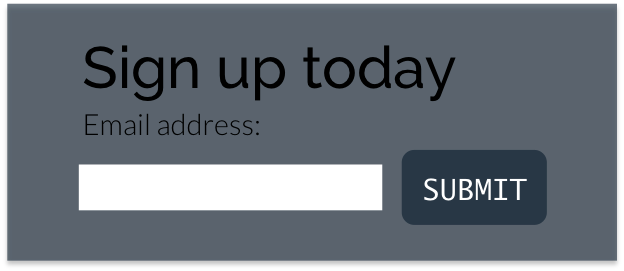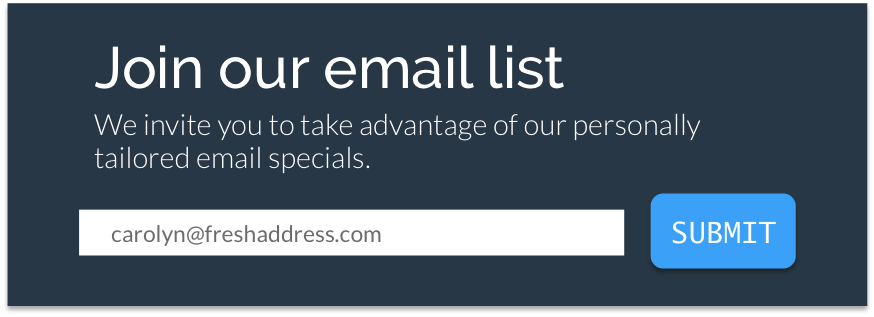
NB: This is an article by Carolyn Murphy, Marketing Specialist at Revinate
Even the best email campaign won’t be a success if your bounce rates are high. Your creative design, clever copy and enticing call-to-action are meaningless if people aren’t even getting your emails. Fortunately, there are a few things you can do to reduce the bounce rates of your hotel’s email marketing campaigns.
1. Analyze the bounce
So you got a bounce. We’ve all seen them – undeliverable as addressed. The first thing you have to do is figure out what happened.
Why did the email bounce?
If your emails have a high bounce rate, it is certainly a possibility that you have a problem with your mail server. It could be a technical configuration issue within the mail server settings.
Another possibility is that you’ve been blocked or blacklisted, which is sender reputation issue. Perhaps you haven’t been sending emails for very long, and therefore haven’t built a good sender reputation with Internet Service Providers (ISPs). Or, perhaps you’ve made some common mistakes with your sends, like sending too many emails to start with, or sending the same content to all of your guests, thereby increasing the likelihood that your guests will mark the email as spam.
Soft bounce or hard bounce?
First, look at the type of bounce. Was it a soft bounce, or a hard bounce? A soft bounce typically indicates a temporary delivery issue to an address. With soft bounces, most Email Service Providers (ESPs) will continue to attempt to deliver the email over the course of the next few days. While there are many reasons an email address may soft bounce, below are some common reasons this could happen.
- Mailbox is full (over quota).
- Recipient email server is down or offline.
- Email message is too large.
If the email continues to soft bounce across multiple campaigns, it will eventually be considered a hard bounce. A hard bounce indicates a permanent reason an email cannot be delivered. Hard bounced email addresses should be removed automatically and immediately from the active subscribers and placed in the cleaned portion of your list. Cleaned subscribers should be excluded from future campaign sends to this list, in order to maintain or improve your sender reputation. While there are many reasons an email address may hard bounce, below are some common reasons this could happen.
- Recipient email address does not exist.
- Domain name does not exist.
- Recipient email server has completely blocked delivery.
2. What is the history?
You should also look at the history of your deliveries to this address. Was it a bad address from the beginning, or did it go bad at some point in time since you started sending to it?
Bad from the beginning
If the email address was bad from the beginning, it usually means that a truncation occurred or that the email address was input incorrectly in another way.
One good way to avoid this is to avoid problems during collection by creating a very clear email collection form. Your guests should know exactly what they are getting by signing up for your list. From this perspective, a form that doesn’t tell your guests what they are signing up for like the one below, would be ineffective.
Don’t do this:

Design-wise, the form should also make it easy to see what they are inputting, to make errors less likely. For example, if the text on your email input form is to light and/or small like the example below, email input errors become more likely.
Don’t do this:

A large, bold form with email validation like the one below is the best way to reduce input errors.
Do this:

Went bad
Assuming you collected a valid, deliverable email address at the beginning, the other cause of hard bounces is that email addresses can go bad over time. The cause of this varies, but the reality is, people do change their email addresses. 30% of your list will change their email address this year. Some of those people will try to tell you, so one thing to consider is, are you making it easy for your guests to inform you of a change of email address? In addition to the required unsubscribe button, a good best practice is to include a link or button to change email settings, so that highly engaged guests who change their email addresses have an easy way to inform you of the change.
Read more articles by Revinate




